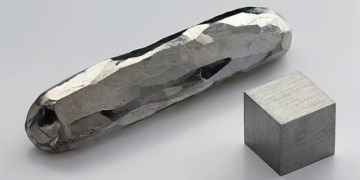According to National Geographic, the Earth has experienced several major ice ages – so when will the next major freeze occur?
How Ice Ages Transform the Earth
According to Discover Magazine, ice ages typically take many years to begin and then end abruptly. It is a fact that ice ages often last for a very long time, with the most recent one lasting about 1.9 million years. However, it only takes a short time for them to come to an end.
As reported by Live Science, many bodies of water such as lakes and rivers are formed when glaciers melt, reshaping the surrounding rocks with the force of the melting water.
By drilling deep holes beneath the ocean floor, paleontologists have obtained a fairly clear picture of how extreme weather patterns have affected the region throughout history. After studying the chemical components of millions-of-years-old rocks, scientists can glean clues about how previous ice ages unfolded.
The Sun will gradually dim during an ice age, causing temperatures to drop as low as minus 58 degrees Fahrenheit. This freezing temperature is so extreme that during previous ice ages, single-celled organisms were the only forms of life that could survive – no humans, animals, or plants could evolve in the harsh conditions of the earliest ice ages.
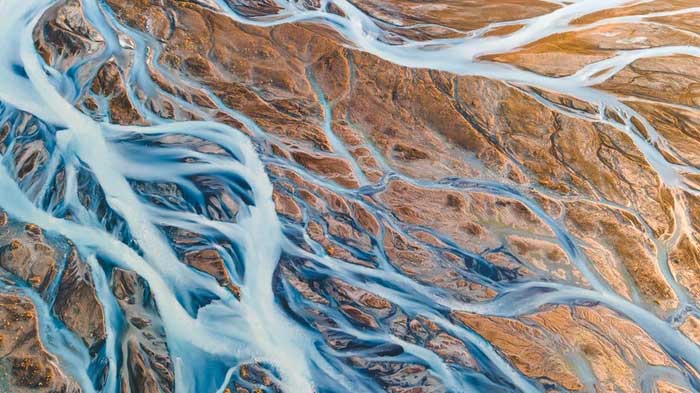
The Sun will gradually dim during an ice age, causing temperatures to drop as low as minus 58 degrees Fahrenheit. (Illustrative image).
Humans Survived the Most Recent Ice Age!
According to Smithsonian Magazine, the only survivors of the early ice ages were a species of single-celled algae that formed near hot spots. The only life remaining on Earth during that time was these single-celled algae. Scientists believe this was due to the temperatures being too low for multicellular life to grow and thrive.
However, humans did exist, grow, and develop during one of the more recent ice ages, which occurred between 10,000 and 40,000 years ago. They had to wear fur clothing to keep warm, using spears and darts to hunt large animals that could sustain many people.
If an ice age were to suddenly begin today, here is the scenario predicted by scientists: according to National Geographic, as the Earth cools, people would start moving toward the center of the Earth – the equator, where temperatures are warmer than the rest of the planet.
This would lead to a mass migration of humanity, with hundreds of millions of people forced to abandon their homes for new areas with warmer temperatures. Some estimates suggest that all of North America, Canada, Europe, and Northern Asia would be completely covered in thick layers of ice and snow.
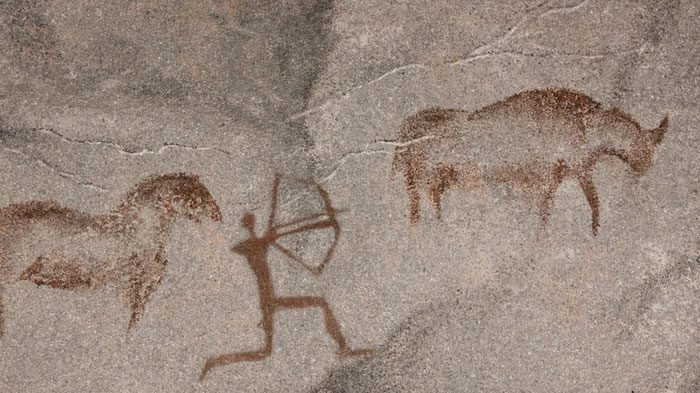
Cave paintings of prehistoric humans.
No More Vast Oceans
When the ice age occurs, the Earth’s low temperatures will cause all oceans to freeze, and areas like the Mediterranean and the Bering Strait will also cease to exist, making transportation by boat much more difficult.
However, this also opens up new lands, and walking will be much easier. Theoretically, you could walk from Asia to North America via the land bridge that once housed mammoths and bison, now extinct.
Yet these freezing conditions would render the land unusable for agricultural purposes. Consequently, we would not have enough food to move around freely. Especially with a population nearing 8 billion, far more than the number of humans who previously lived on Earth.
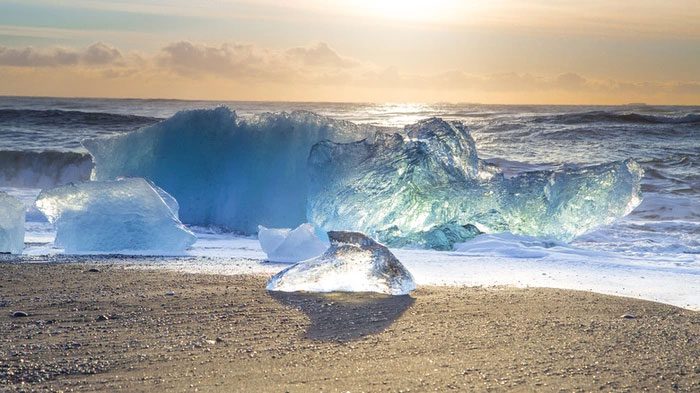
The low temperatures of the Earth will cause all oceans to freeze.
According to ABC News, an ice age takes centuries to form rather than occurring suddenly. Snow will stop melting and instead form massive ice mounds. Archaeological studies suggest that the Earth has gone through at least five ice age periods, with the first occurring over 2 billion years ago. During this time, ice sheets could grow exponentially, thanks to the planet’s extreme cold, reaching thicknesses of several kilometers.
Will the Earth Enter the Sixth Ice Age?
Although we are on the brink of the next ice age, it is all relative, as it certainly will not happen in our lifetime, according to Live Science.
With the development of technology and the human-induced climate change actions, the timeline for an ice age has been pushed back and is occurring more slowly than the previous natural cycle.
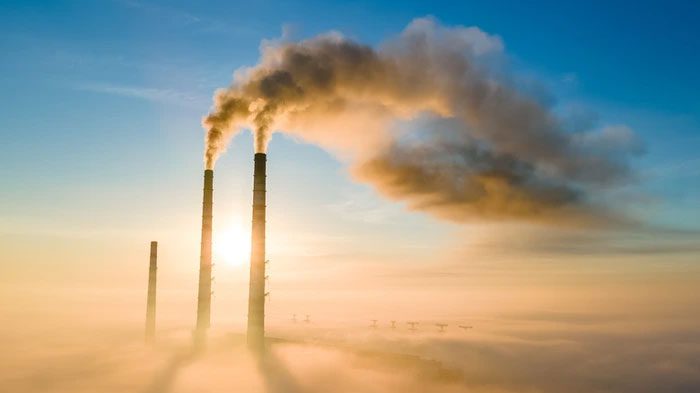
We may have at least 100,000 years before the next ice age arrives.
The excess of carbon dioxide in the Earth’s atmosphere currently makes it difficult for ice to form, so we may have at least 100,000 years before the next ice age arrives.
According to NASA, we have caused climate change to such an extent that the next ice age will not be possible in the near future. Ice ages only occur when carbon dioxide levels in the atmosphere drop below 300 parts per million – and currently, the levels are around 400 parts per million. Therefore, theoretically and based on previous timelines, the sixth ice age could have begun about 6,000 years ago, but due to human-induced climate change, the sixth ice age has “died” before it could even start.




















































